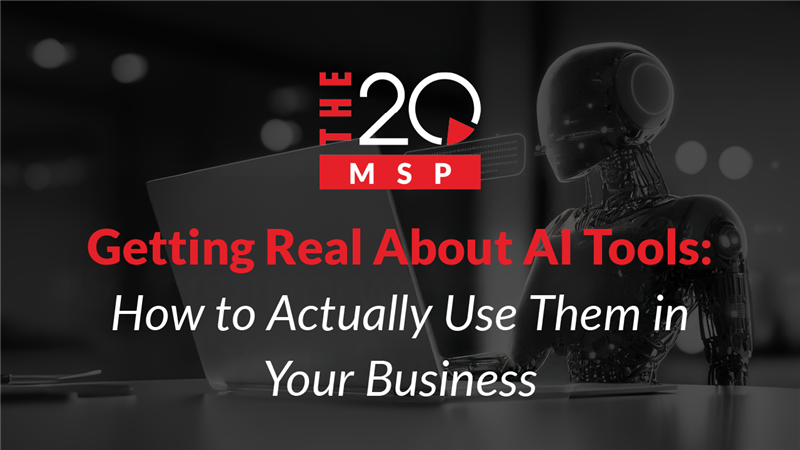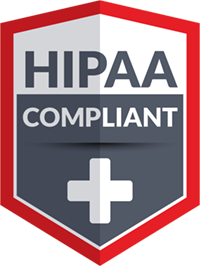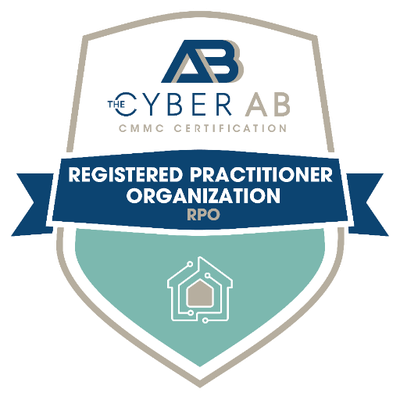
Getting Real About AI Tools: How to Actually Use Them in Your Business
We get it – AI is everywhere. It’s in your inbox, your social feed, your CRM, your coffee machine (well, maybe not yet). And if you’re like most business owners, you’ve probably heard all the promises: AI will streamline your workflows, supercharge productivity, and revolutionize everything from marketing to HR.
But with a market expected to grow to $407 billion by 2027, there must be something behind all this jargon.
That’s why we’re cutting through the hype and breaking down what AI can realistically do for your business today. No sci-fi scenarios, no buzzwords. Just practical ways to get started.
First, Let’s Get Clear on What AI Is
Most of what we’re using right now is what’s called narrow AI. That means AI is trained to do very specific tasks, like recommending songs on Spotify, finishing your sentences in Gmail, or generative tools like ChatGPT and Microsoft Copilot.
Narrow AI is everywhere, and it helps with a lot, but if you want to get the most out of AI, the first step is understanding its limitations.
Know the Limits Before You Dive In
AI can do a lot – but it can’t do everything. To use it well, you’ve got to know where its blind spots are.
- It doesn’t have common senseAI tools don’t “know” things. It lacks what we’d consider common sense or general intelligence. Instead, AI generates responses based on statistical likelihood, not understanding. That means it can sound confident yet be completely wrong.
- Creativity has a ceilingGenerative AI (AI that creates content – texts, images, etc.) is impressive, but it’s only remixing what it’s seen before. That means its content is limited by the data it was trained on. It’s great for helping you brainstorm or fill a blank page, but it won’t replace human creativity anytime soon.
- Truth isn’t guaranteedJust because AI says something doesn’t mean it’s accurate. That’s because AI’s “goal” isn’t the truth, but recreating patterns from its data. Always fact-check AI output, especially for anything legal, technical, or reputational.
- Ethical and privacy concerns are realAI tools can accidentally plagiarize or expose sensitive data if they’re not properly managed. You need to know where your AI gets its info – and where it’s sending yours.
This isn’t to scare you off. It’s to make sure you use AI wisely. Because when you do, it can be a game-changer.
How to Actually Start Using AI in Your Business
You don’t need to be a tech company – or even tech-savvy – to make AI work for you. But you do need a plan.
Here’s a simple roadmap to get you started:
1. Define the problem
Start with the pain points. Where are you wasting time or resources? Where do processes slow down? Good AI starts with a clear business goal – not just “let’s use AI tools because they’re trendy.”
2. Get your data together
AI runs on data. Whether it’s sales reports, customer emails, support tickets, or employee performance metrics, you’ll need to collect and organize what you already have. Bonus: AI can help you with this organizing, too.
3. Pick the right tool
There are thousands of AI tools out there. Some are plug-and-play, others are more advanced. Don’t get overwhelmed – start small and focused. Need help choosing? That’s where your IT partner (like us!) comes in.
4. Stay compliant
Make sure whatever AI you use doesn’t violate privacy laws or internal policies. This is especially important if you’re dealing with customer data or regulated industries.
5. Integrate and train
Bringing AI into your business means more than just flipping a switch. You’ll need to integrate tools into your systems and train your team to use them effectively. A Managed Service Provider (MSP) can make this a lot smoother.
6. Track and tweak
Once it’s up and running, don’t just set it and forget it. Monitor the results, adjust settings, and keep refining. That’s where the real value starts to show.
7. Prioritize and scale
Start with one area – like email automation or customer service – and expand from there. The goal is long-term impact, not short-term wins that fade away.
Real-World Ways AI Is Already Helping Businesses
Here’s where things get exciting. Let’s break down four core areas where AI can help small and medium businesses (SMBs) get real value, without needing a Silicon Valley budget.
1. Content Creation
AI tools like ChatGPT or Copilot can generate everything from email drafts to blog outlines in seconds. They’re excellent for overcoming writer’s block or speeding up brainstorming. But don’t rely on AI alone. Let it do the heavy lifting, then polish the result with your brand voice.
Examples include:
- Research & Drafting: AI can launch you out of your writer’s block by providing great starting points for curated content.
- Image Generation: Tools like DALL·E and Midjourney can create visual content based on text, helping you to spice up your content with great imagery.
2. Customer Service
Want to support more customers without hiring more reps? AI makes that possible. Stanford University and MIT found that support agents using AI tools saw a 14% increase in productivity – a significant boost that can accumulate quickly.
That said, AI doesn’t replace great customer service it enhances it. Let the bots handle the basics so your team can focus on the complex stuff.
Examples include:
- Chatbots: Chatbots are available 24/7 and can answer any question while guiding tricky customers to the service or product that best fits their needs.
- Personalized recommendations: Let AI tools recommend products based on a customer’s history, leading to fast and efficient sales.
- Customer feedback analysis: By analyzing reviews, surveys, and other customer feedback, AI can help your team make informed decisions about pricing, sales strategies, and product improvements.
3. Human Resources
AI can help HR departments stay organized and efficient through various tracking capabilities.
Examples include:
- Hiring: AI can organize resumes based on specific criteria, enabling quicker interviews focused on candidates who best match your company’s needs.
- Performance Tracking: AI can track employee performance using data from project management tools, providing insight into productivity and progress.
- Onboarding/Training: Let AI guide new employees through personalized training programs while also managing the headache of digital paperwork.
It’s not about replacing HR – it’s about giving your team tools to be more efficient and strategic.
4. Marketing
Marketers are some of the earliest and most enthusiastic adopters of AI – 68% of them use AI every day!
Examples include:
- Email automation: AI can send the right message to the right person at the right time.
- Lead generation: Through predictions based on historical data, AI can identify leads most likely to convert to sales, send tailored messages to potential leads, and analyze market trends for future opportunities.
- Ad spend: AI can optimize your marketing budget by dynamically allocating funds to high-performing ads while adjusting spending based on performance data.
Bottom Line: Focus on the Right AI Tools for Your Business
AI tools can do a lot, but it’s not about doing everything. It’s about doing the right things for your business, starting with what matters most.
Start small. Think practically. Focus on your current challenges, not hypothetical futures. And if you’re unsure where to begin or how to make it all work? That’s where we come in.
At The 20 MSP, we don’t just talk tech – we implement it. From strategy to integration to ongoing support, we help you turn AI from buzzword into business value.
Ready to get started? Let’s talk.
About The 20 MSP
As a leading provider of managed IT services, The 20 MSP serves thousands of businesses nationwide, providing each one with white-glove service, secure and streamlined IT infrastructure, and 24/7/365 support. We believe in building lasting relationships with clients founded on trust, communication, and the delivery of high-value services for a fair and predictable price. Our clients’ success is our success, and we are committed to helping each and every organization we serve leverage technology to secure a competitive advantage and achieve new growth.




